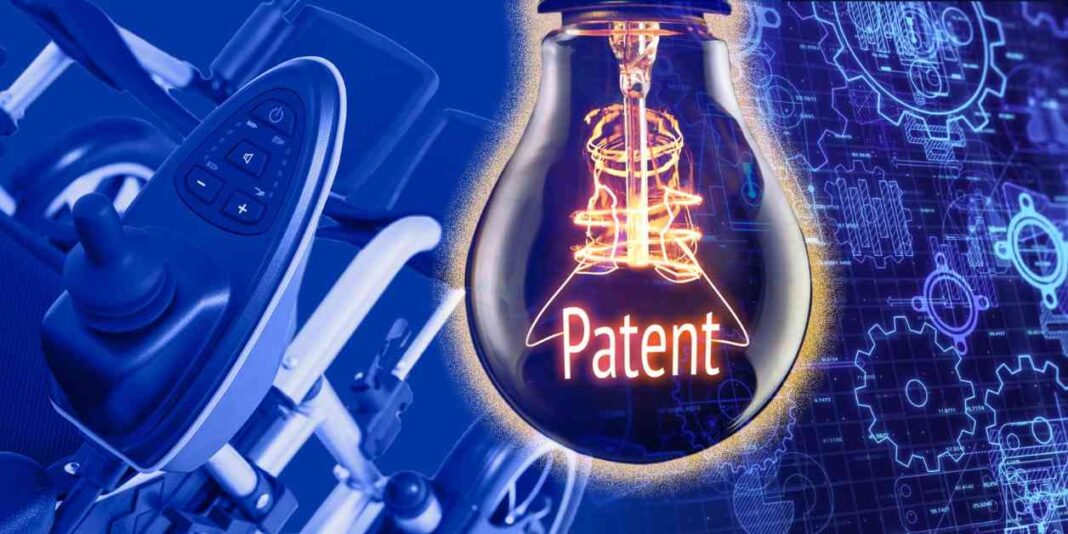Key Patent Decisions in Germany: Understanding Prior Art and Public Availability
As of July 2024, Germany continues to be a pivotal arena for significant patent litigations, despite the establishment of the European Unitary Patent Court. The bifurcated German litigation system sees nullity cases handled by the German Federal Patent Court, with its rulings often setting a precedent for litigation outcomes not only in Europe but also globally. Recent decisions by the German Federal Patent Court have shed light on the crucial aspects of prior art and public availability in nullity proceedings.
Thorough documentation of competitor products and a meticulous search for prior art have been emphasized in these decisions, underscoring the stringent standards applied by the courts in determining patent validity. Both patent holders and challengers are urged to closely consider the nuances of public disclosure to navigate the complexities of patent law effectively.
Motorized Wheelchair Case: In a notable case concerning a patent for a wheelchair featuring mid-wheel drive and rear stability systems, the nullity plaintiff presented compelling evidence of prior public use. The plaintiff showcased a 20-year-old wheelchair identical to the patented design, which had been sold by the patentee before the priority date and later purchased secondhand by the plaintiff. Through sales records, invoices, and a careful examination of the used chair, the court concluded that the patented features were accessible to the public before the patent filing date, rendering the patent invalid due to lack of novelty.
Diaphragm Pressure Sensor Case: Another case focused on a diaphragm pressure sensor patent, where the nullity plaintiff claimed prior public use. Detailed delivery notes, technical drawings, and witness testimony demonstrated that the patented features were known and available to the public before the priority date. The court agreed that the features were publicly disclosed, leading to the patent’s invalidation.
Diver Propulsion Vehicle Case: Despite allegations of public prior use in this case, the patent for a diver propulsion vehicle was upheld. Public displays at events like the “Red Dot Design Award 2011” and the trade fair “Boot 2012” did not provide sufficient evidence of public accessibility to the vehicle’s internal features. Additionally, a loan agreement for testing purposes included a confidentiality clause, protecting the disclosure of critical details. The lack of clear public accessibility led the court to maintain the patent’s validity.
Key Takeaways:
1. Meticulously document competitor products to gather evidence of prior public use, which can significantly impact future patent litigation outcomes.
2. Conduct thorough searches for prior art to invalidate patents based on public availability. German courts take disclosure of patented features in products seriously, emphasizing the importance of detailed investigations.
3. Confidentiality is crucial in protecting patent validity. Non-disclosure agreements play a vital role in preventing public disclosure of critical features.
In conclusion, the nuances of public disclosure remain essential in patent law in Germany, as highlighted by recent key patent decisions. Understanding the intricacies of prior art and public availability is paramount for both patent holders and challengers to navigate patent litigation successfully.















